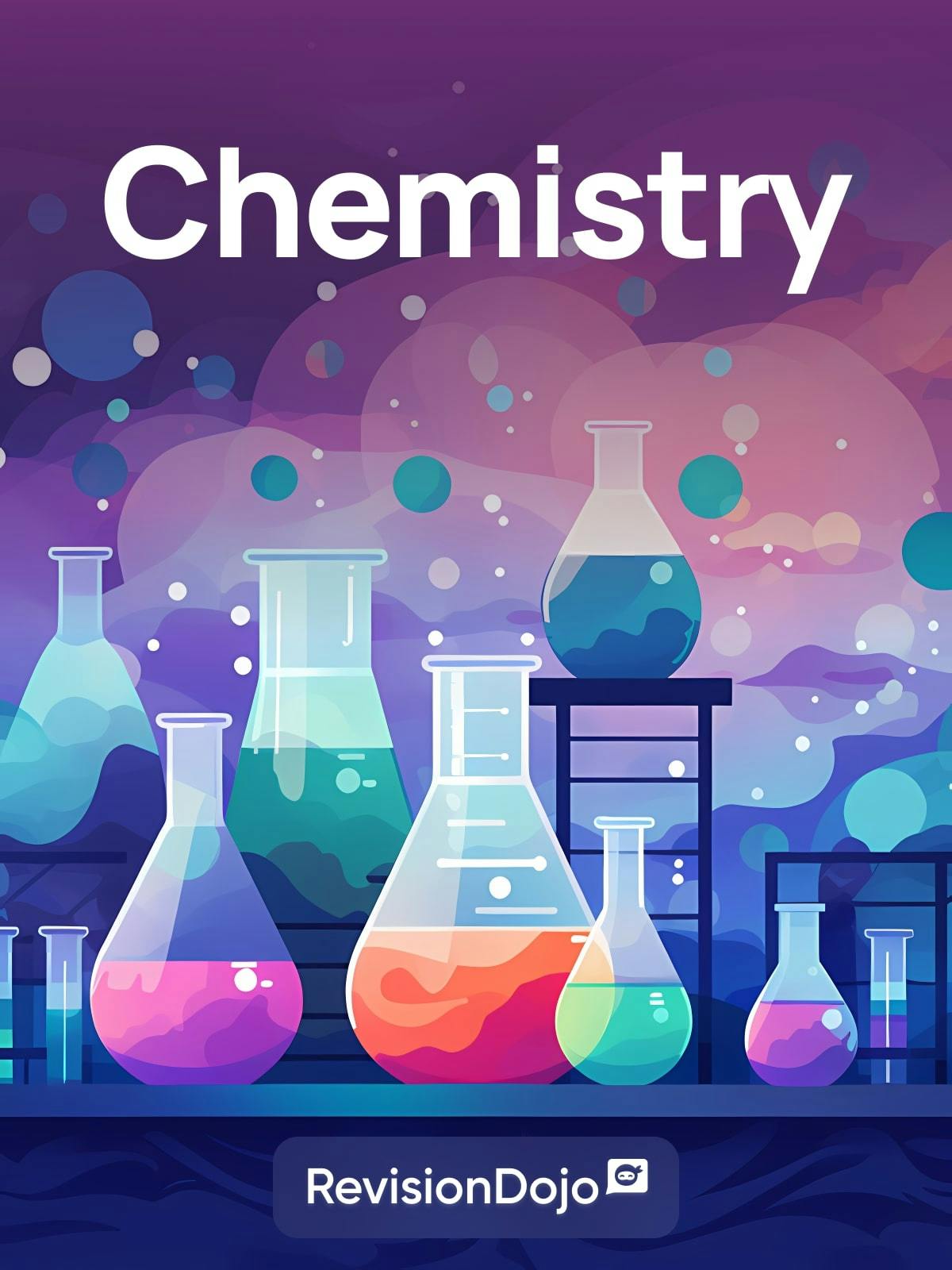
Topic 3 - Periodicity
Question 1
SLPaper 1Which trend is correct, going down group 1?
Question 2
SLPaper 1Which metal has the strongest metallic bond?
Question 3
SLPaper 2Explain the general increase in trend in the first ionization energies of the period 3 elements, Na to Ar.
Question 4
SLPaper 1Which oxide will dissolve in water to give the solution with the lowest pH?
Question 5
HLPaper 2When heated in air, magnesium ribbon reacts with oxygen to form magnesium oxide.
The reaction in (a)(i) was carried out in a crucible with a lid and the following data was recorded:
Mass of crucible and lid = 47.372 ±0.001 g
Mass of crucible, lid and magnesium ribbon before heating = 53.726 ±0.001 g
Mass of crucible, lid and product after heating = 56.941 ±0.001 g
When magnesium is burnt in air, some of it reacts with nitrogen to form magnesium nitride according to the equation:
3 Mg (s) + N2 (g) → Mg3N2 (s)
The presence of magnesium nitride can be demonstrated by adding water to the product. It is hydrolysed to form magnesium hydroxide and ammonia.
Most nitride ions are 14N3–.
Write a balanced equation for the reaction that occurs.
a(i).
Identify a metal, in the same period as magnesium, that does not form a basic oxide.
a(ii).
Calculate the amount of magnesium, in mol, that was used.
b(i).
Determine the percentage uncertainty of the mass of product after heating.
b(ii).
Assume the reaction in (a)(i) is the only one occurring and it goes to completion, but some product has been lost from the crucible. Deduce the percentage yield of magnesium oxide in the crucible.
b(iii).
Evaluate whether this, rather than the loss of product, could explain the yield found in (b)(iii).
c(i).
Suggest an explanation, other than product being lost from the crucible or reacting with nitrogen, that could explain the yield found in (b)(iii).
c(ii).
Calculate coefficients that balance the equation for the following reaction.

d(i).
Ammonia is added to water that contains a few drops of an indicator. Identify an indicator that would change colour. Use sections 21 and 22 of the data booklet.
d(ii).
Determine the oxidation state of nitrogen in Mg3N2 and in NH3.

d(iii).
Deduce, giving reasons, whether the reaction of magnesium nitride with water is an acid–base reaction, a redox reaction, neither or both.

d(iv).
State the number of subatomic particles in this ion.

e(i).
Some nitride ions are 15N3–. State the term that describes the relationship between 14N3– and 15N3–.
e(ii).
The nitride ion and the magnesium ion are isoelectronic (they have the same electron configuration). Determine, giving a reason, which has the greater ionic radius.
e(iii).
Suggest, giving a reason, whether magnesium or nitrogen would have the greater sixth ionization energy.
e(iv).
Suggest two reasons why atoms are no longer regarded as the indivisible units of matter.
State the types of bonding in magnesium, oxygen and magnesium oxide, and how the valence electrons produce these types of bonding.

Question 6
SLPaper 1Which of the following is the electron configuration of a metallic element?
Question 7
HLPaper 2The properties of elements can be predicted from their position in the periodic table.
Explain why Si has a smaller atomic radius than Al.
a(i).
Explain why the first ionization energy of sulfur is lower than that of phosphorus.
a(ii).
State the condensed electron configurations for Cr and Cr3+.

b(i).
Describe metallic bonding and how it contributes to electrical conductivity.
b(ii).
Deduce, giving a reason, which complex ion [Cr(CN)6]3− or [Cr(OH)6]3− absorbs higher energy light. Use section 15 of the data booklet.
b(iii).
[Cr(OH)6]3− forms a green solution. Estimate a wavelength of light absorbed by this complex, using section 17 of the data booklet.
b(iv).
Deduce the Lewis (electron dot) structure and molecular geometry of sulfurtetrafluoride, SF4, and sulfur dichloride, SCl2.

Suggest, giving reasons, the relative volatilities of SCl2 and H2O.
Question 8
SLPaper 1Which property shows a general increase from left to right across period 2, Li to F?
Question 9
HLPaper 1Which are the most reactive elements of the alkali metals and halogens?
Question 10
SLPaper 1Which element is found in the 4th group, 6th period of the periodic table?
